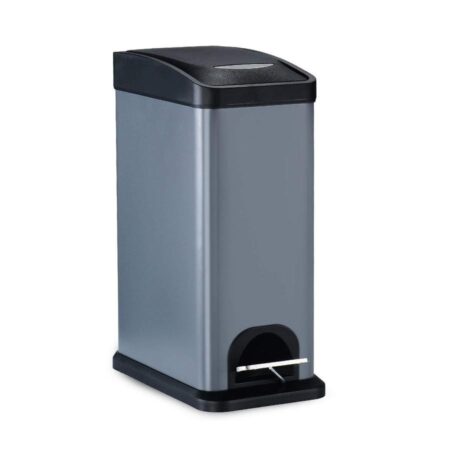Shipping can be a tricky business, and one of the most important components of it is pallet wrapping stretch film.
This item is a crucial part of the packaging process and can help protect products during transit, while also keeping them secure on pallets. If you’re in the market for stretch film, it’s important to understand the difference between conventional stretch film and pre-stretch film.
At Chu’s Packaging Supplies, we offer both types of stretch film, but in this article, we’ll be focusing on pre-stretch film.
Pre-stretch film is a lighter and more durable option compared to conventional stretch film.
This means that it can be a better choice for some businesses, depending on their shipping department’s needs.
One of the main benefits of pre-stretch film is its weight. A pre-stretch roll weighs about four pounds per roll, compared to a standard 1880 roll that weighs around eight to nine pounds. This may not seem like a huge difference, but it can make a significant impact on your shipping department’s efficiency.
A lighter roll is much easier to handle and carry around, which can help speed up the packaging process and make it easier for employees to do their jobs.
In addition to its weight, pre-stretch film is also more durable than conventional stretch film. If you drop it on the floor, rip it a little bit, or nick the corners, you don’t have to worry about it tearing.
You can continue using it without any issues. This is a huge advantage over conventional stretch film, which can tear easily if it’s damaged in any way. If you nick the edges of a conventional roll, it’s going to rip until you get past that point.
This can lead to wasted time and money, as well as potential damage to your products during shipping.
In the world of shipping, wasted time and money can add up quickly.
Consider the scenario where a conventional stretch film is damaged during the packaging process. If the film tears at the edges, this can lead to wasted time and material as you need to start the wrapping process again.
For example, if the packaging process takes 15 minutes per pallet.
Your team packages 50 pallets per day, that’s 12.5 hours of wasted time per week.
This can add up to 50 hours per month, resulting in lost productivity and profits.
Furthermore, if the damaged film fails to protect your products during transit, you could be looking at even more significant losses. In comparison, pre-stretch film’s durability can save you time and money in the long run by preventing these issues from occurring.
That being said, both conventional stretch film and pre-stretch film have their advantages and disadvantages.
It ultimately depends on your shipping department’s preferences and needs.
If your team is used to working with conventional stretch film and prefers it, then it may be the better choice for your business. However, if you’re looking for a lighter and more durable option, pre-stretch film may be the better choice for you.
At Chu’s Packaging Supplies, we offer a full line of stretch films, including both conventional and pre-stretch options.
We understand that every business has different needs and preferences, and we’re committed to helping our customers find the right solutions for their shipping needs. Whether you’re looking for a specific type of stretch film or need advice on which option is best for your business, our team is here to help.
-
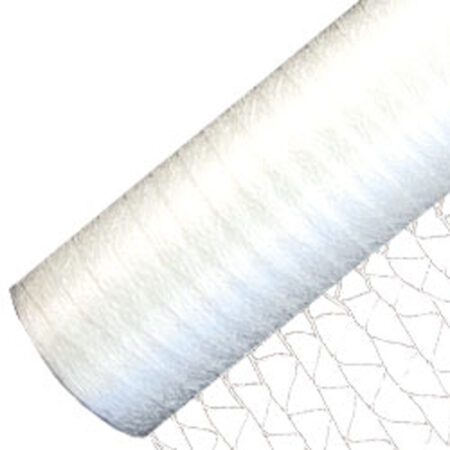 Pallet Netting
Pallet Netting -
 Heavy Duty Machine Stretch Film (40/Pallet)$2,700.00 – $2,900.00
Heavy Duty Machine Stretch Film (40/Pallet)$2,700.00 – $2,900.00 -
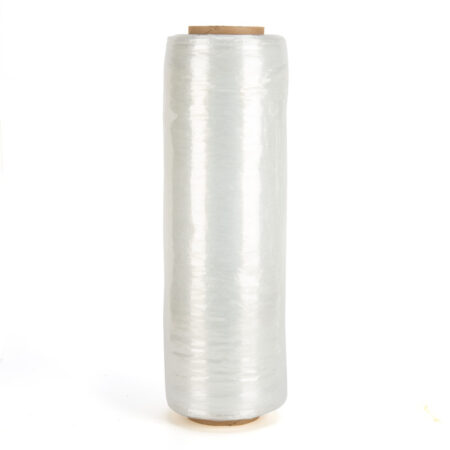 Pre-Stretched Hand Film (4/Case)$72.00
Pre-Stretched Hand Film (4/Case)$72.00 -
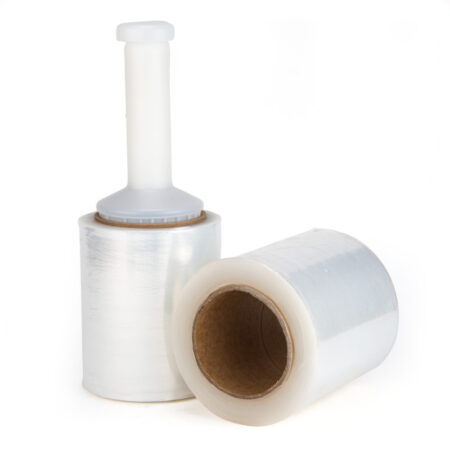 Banding Stretch Film$72.00
Banding Stretch Film$72.00 -
 Micron Hand Film (4 Rolls/Case)$69.00 – $79.00
Micron Hand Film (4 Rolls/Case)$69.00 – $79.00 -
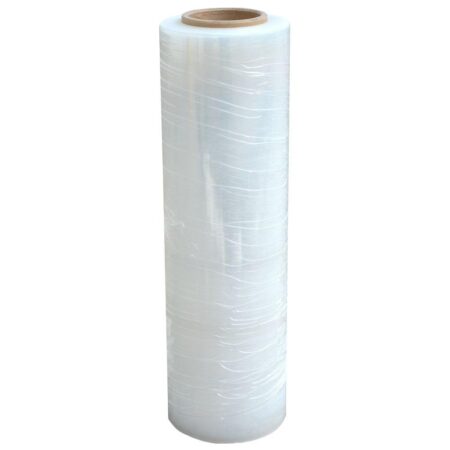 Gauge Hand Film (Blown) (4 rolls/Case)$70.00 – $105.00
Gauge Hand Film (Blown) (4 rolls/Case)$70.00 – $105.00 -
 Gauge Hand Stretch Film (Cast) (4 Rolls/Case)$50.00 – $99.00
Gauge Hand Stretch Film (Cast) (4 Rolls/Case)$50.00 – $99.00


